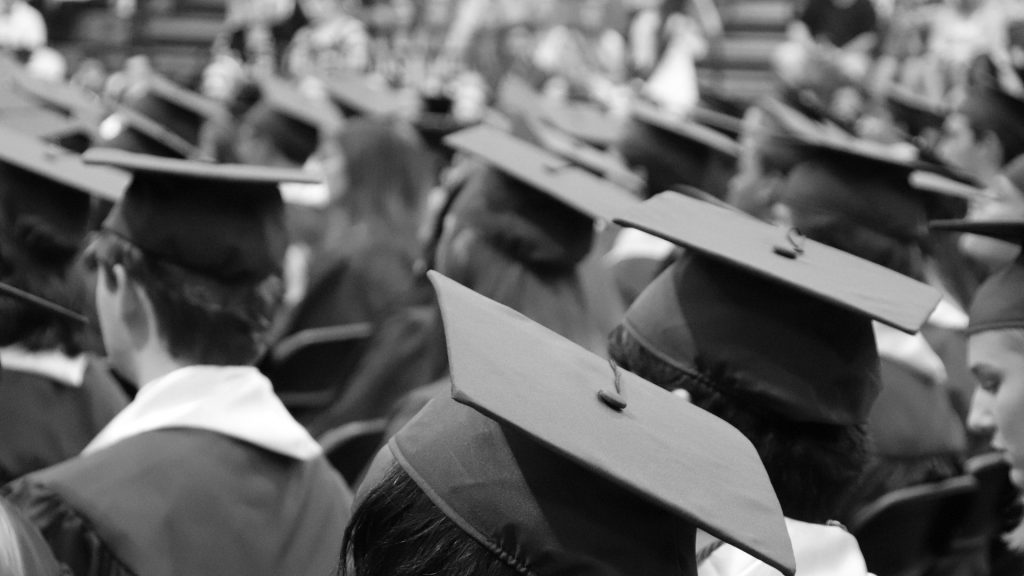Special Ed Students Left Out Of High School Graduation
Special education students were left out of their graduating classes program, outraging parents over what the school called a mistake.

Activists fighting for equal rights for special education students have battled on a long, heartfelt road to equality. While the public school system now recognizes and accommodates the needs of students with learning disabilities, there are plenty of signs all over the place that injustice is still rife within the system. Recently, a school’s failure to include a group of special ed students in graduation proceedings refueled this longstanding claim, even after officials blamed the error on a simple computing mistake.
NBC News reported that a high school within California’s San Leandro Unified School District forgot to include the senior classes six graduating special education students in the graduation program. This meant that when the rest of the class walked the podium to receive their high school diploma, these unfortunate students were left empty-handed. Speaking with the major news outlet, a spokesperson for the district called the incident a “clerical error”, but given that it specifically only left out these students with learning disabilities, many questioned the error, and the parents involved were further outraged.
Joseph Sanchez- Muñoz was one of the special education students affected, and he and his family were absolutely crushed by the school’s apparent error. Since the school had no ceremonial robes for him to wear, the senior attended his graduation ceremony in school colors, with a blue button-up dress shirt and red bow tie. Still elated to be completing this major feat, he told NBC News that he was “super excited” to make his family proud.
Muñoz lives with a rare disease that he was diagnosed with as a baby after surviving cancer. Because of his bleak life expectancy, reaching this milestone in life might just be even more important to this special education student than it often is to most others. He sufferers from Hao-Fountain Syndrome, which affects both physical and behavioral abilities. Joseph and the five other students had to find out about the bad news when they looked at a list naming all the graduates and noticed all six of their names were left out.
18-year-old Muñoz said he was “depressed” at this discovery. His mother was even worse. Feeling that it likely had something to do with her son being in the special education student’s program at the school, Elena Muñoz feels that discrimination is to blame. Elena and another group of parents plan on suing the district for their negligence and errors.
While special education students today are given the same rights as others to attend school and receive the same degree of learning, they have fought to get to this point. Brown v. Board of Education may have been the historic supreme court case that desegrated schools based on race, but the ruling also paved the way for the rights of special needs learners. Down the road in 1975, the government passed the Education for All Handicapped Children Act, which would finally require all public schools to provide equal access to children with both physical and mental disabilities.
While decades have since passed, many advocates feel that public education still is disproportionately unfair to special education students. Much of this was thought to be exacerbated by the pandemic, where children with learning disabilities suffered the most. In cases like this, where schools are found to leave out special needs students, it is apparent there is still work to be done in gaining equal rights for every student, regardless of whether or not these types of mistakes are done so on purpose or in error.



